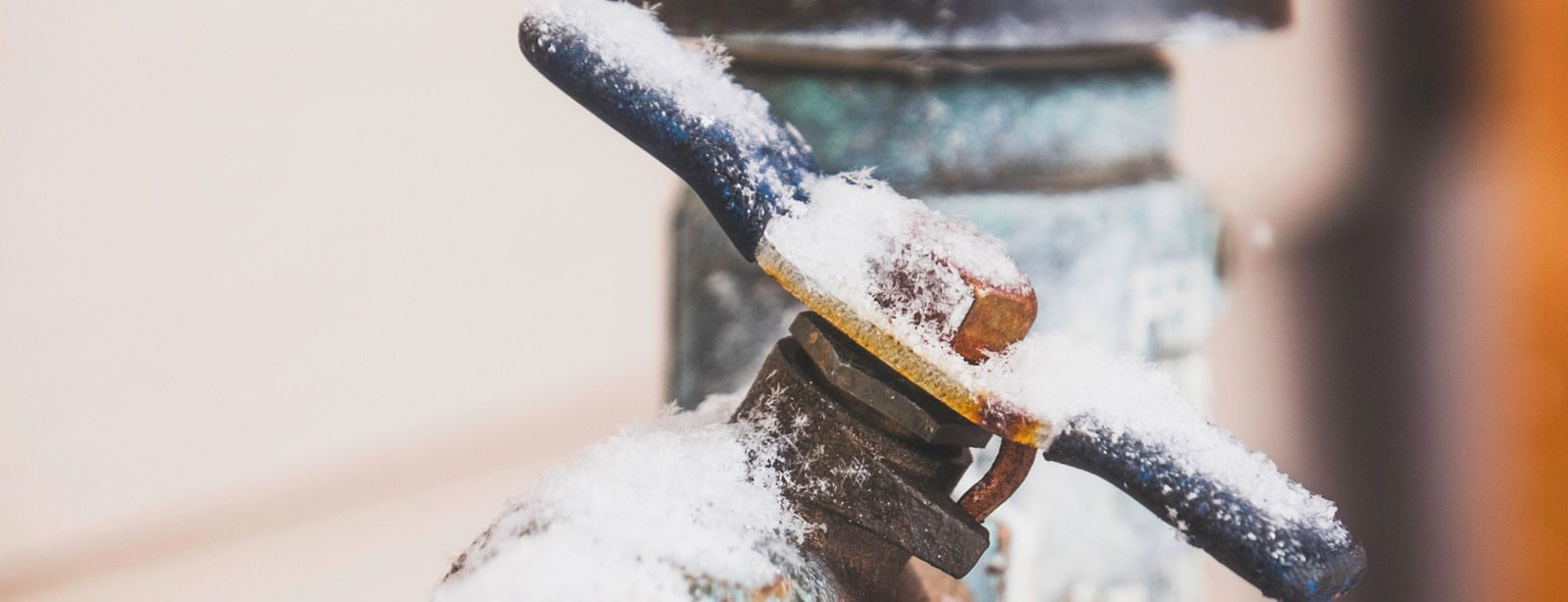Ways to Avoid Frozen Pipes in Cold Weather: Pro Guidance
Ways to Avoid Frozen Pipes in Cold Weather: Pro Guidance
Blog Article
What're your opinions on Helpful Tips to Prevent Frozen Pipes this Winter?

Cold weather can ruin your plumbing, specifically by freezing pipes. Here's how to avoid it from taking place and what to do if it does.
Introduction
As temperatures decrease, the risk of icy pipelines boosts, possibly leading to pricey repair work and water damages. Understanding exactly how to stop frozen pipes is essential for homeowners in cold climates.
Avoidance Tips
Protecting prone pipes
Wrap pipelines in insulation sleeves or use heat tape to shield them from freezing temperatures. Concentrate on pipelines in unheated or external locations of the home.
Heating techniques
Maintain indoor areas sufficiently heated, especially locations with pipes. Open closet doors to enable warm air to distribute around pipelines under sinks.
Just how to determine frozen pipelines
Look for reduced water circulation from faucets, unusual smells or noises from pipelines, and visible frost on subjected pipes.
Long-Term Solutions
Structural changes
Consider rerouting pipes far from outside wall surfaces or unheated areas. Include additional insulation to attics, cellars, and crawl spaces.
Updating insulation
Invest in top notch insulation for pipes, attics, and walls. Proper insulation aids preserve constant temperatures and minimizes the danger of icy pipelines.
Protecting Exterior Plumbing
Yard tubes and outdoor taps
Disconnect and drain garden hoses before wintertime. Install frost-proof spigots or cover exterior taps with protected caps.
Recognizing Icy Pipes
What creates pipelines to freeze?
Pipelines ice up when exposed to temperatures below 32 ° F (0 ° C) for expanded durations. As water inside the pipelines ices up, it expands, putting pressure on the pipeline walls and potentially triggering them to rupture.
Threats and damages
Icy pipes can result in supply of water interruptions, residential property damages, and expensive repair work. Ruptured pipes can flooding homes and cause extensive architectural damage.
Indications of Frozen Pipeline
Recognizing frozen pipes early can avoid them from rupturing.
What to Do If Your Pipelines Freeze
Immediate activities to take
If you believe frozen pipes, keep faucets available to eliminate stress as the ice melts. Utilize a hairdryer or towels soaked in hot water to thaw pipes gradually.
Verdict
Protecting against frozen pipelines requires positive measures and fast actions. By comprehending the causes, indicators, and safety nets, home owners can shield their pipes throughout cold weather.
5 Ways to Prevent Frozen Pipes
Drain Outdoor Faucets and Disconnect Hoses
First, close the shut-off valve that controls the flow of water in the pipe to your outdoor faucet. Then, head outside to disconnect and drain your hose and open the outdoor faucet to allow the water to completely drain out of the line. Turn off the faucet when done. Finally, head back to the shut-off valve and drain the remaining water inside the pipe into a bucket or container. Additionally, if you have a home irrigation system, you should consider hiring an expert to clear the system of water each year.
Insulate Pipes
One of the best and most cost-effective methods for preventing frozen water pipes is to wrap your pipes with insulation. This is especially important for areas in your home that aren’t exposed to heat, such as an attic. We suggest using foam sleeves, which can typically be found at your local hardware store.
Keep Heat Running at 65
Your pipes are located inside your walls, and the temperature there is much colder than the rest of the house. To prevent your pipes from freezing, The Insurance Information Institute suggests that you keep your home heated to at least 65 degrees, even when traveling. You may want to invest in smart devices that can keep an eye on the temperature in your home while you’re away.
Leave Water Dripping
Moving water — even a small trickle — can prevent ice from forming inside your pipes. When freezing temps are imminent, start a drip of water from all faucets that serve exposed pipes. Leaving a few faucets running will also help relieve pressure inside the pipes and help prevent a rupture if the water inside freezes.
Open Cupboard Doors
Warm your kitchen and bathroom pipes by opening cupboards and vanities. You should also leave your interior doors ajar to help warm air circulate evenly throughout your home.

I hope you enjoyed reading our piece on How to Prevent Your Pipes From Freezing. Thanks a lot for taking the time to read our blog post. Are you aware of somebody who is curious about the subject? Please feel free to promote it. Thanks so much for your time invested reading it.
This Website Report this page